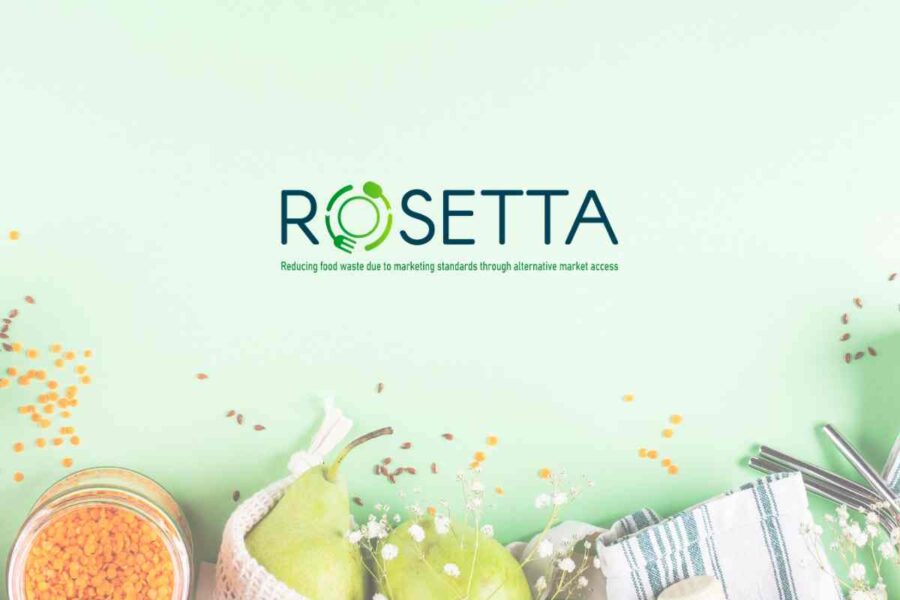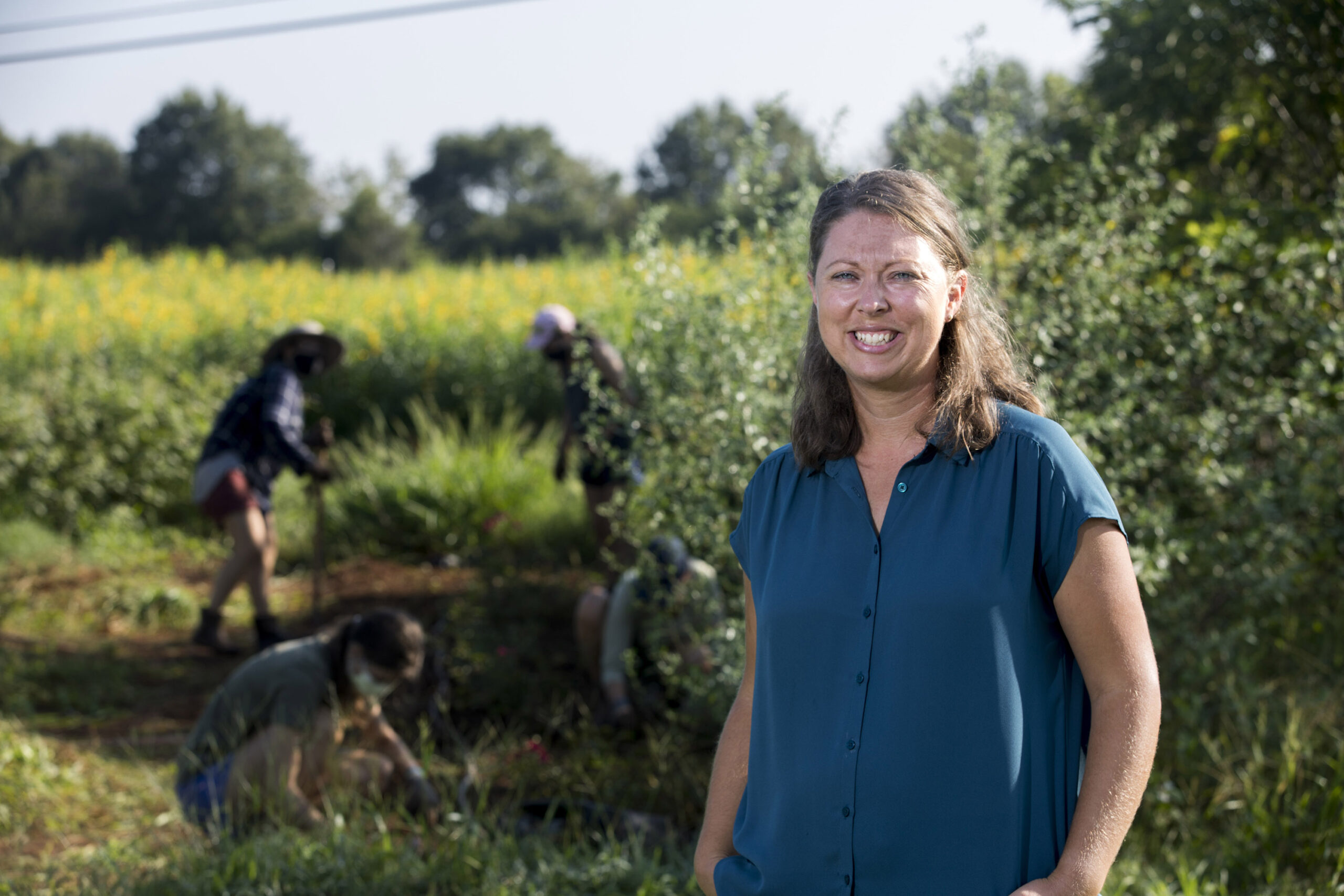Report on Food Waste Reduction Initiative in Farmington Hills and Alignment with Sustainable Development Goals
Introduction
A Detroit-based nonprofit, Make Food, Not Waste, is spearheading an initiative to combat food waste across Michigan. This report details the current food waste challenge in the metro Detroit area and analyzes the strategic response by the City of Farmington Hills, with a significant focus on how these efforts align with the United Nations Sustainable Development Goals (SDGs).
The Regional Food Waste Challenge and its SDG Implications
Scale of the Problem
The environmental and economic scope of food waste in the region is substantial. Addressing this issue is critical for achieving several key SDGs.
- The 15 largest cities in metro Detroit collectively generate approximately 750 million pounds of food waste annually.
- Diverting this waste from landfills represents a potential 38% reduction in Michigan’s total food waste, a significant step towards SDG 12: Responsible Consumption and Production.
Environmental and Economic Impacts
The consequences of unmanaged food waste directly hinder progress on climate and economic sustainability goals.
- Environmental Impact (SDG 13: Climate Action): Food waste in landfills decomposes anaerobically, producing methane, a potent greenhouse gas that contributes to climate change. Reducing this waste is a direct form of climate action.
- Economic Impact (SDG 12: Responsible Consumption and Production): Households discard an estimated $760 in uneaten food annually, representing significant economic inefficiency and resource mismanagement.
Farmington Hills’ Strategic Response for Sustainable Urban Development
A Community-Level Approach to Waste Management
The City of Farmington Hills is implementing a community-wide strategy to address food waste, reflecting the principles of SDG 11: Sustainable Cities and Communities, which calls for improved municipal waste management.
- Data Collection: The city has launched online surveys for residents and businesses to gather crucial data on current food disposal habits. This information will form the basis of a targeted and effective waste diversion program.
- Simplified Diversion System: According to Jacob Rushlow, Director of Public Services, the long-term vision is to create a food waste collection system as convenient as single-stream recycling, thereby increasing participation and effectiveness.
- Upcycling and Food Donation: A key component of the strategy involves diverting edible food from businesses to those in need. This “upcycling” directly supports SDG 2: Zero Hunger by redirecting nutritious surplus food away from landfills and towards vulnerable populations.
Direct Contributions to Global Sustainable Development Goals
The Farmington Hills initiative provides a local model for achieving global sustainability targets. The primary SDGs addressed include:
- SDG 12 (Responsible Consumption and Production): The core objective is to reduce food waste at the consumer and municipal levels, directly aligning with Target 12.3 (halve per capita food waste) and Target 12.5 (substantially reduce waste generation).
- SDG 11 (Sustainable Cities and Communities): By developing a comprehensive municipal food waste program, the city is actively working towards Target 11.6, which aims to reduce the adverse per capita environmental impact of cities through improved waste management.
- SDG 13 (Climate Action): The initiative contributes to climate change mitigation by preventing the generation of methane gas from landfills.
- SDG 2 (Zero Hunger): The plan to redirect safe, unsold food from businesses to food banks and charities addresses food insecurity within the community.
SDGs Addressed in the Article
-
SDG 12: Responsible Consumption and Production
- The article’s central theme is the effort by the nonprofit “Make Food, Not Waste” and the City of Farmington Hills to “eliminate food waste.” This directly aligns with SDG 12, which focuses on sustainable consumption and production patterns. The article highlights the scale of the problem, stating that “15 largest cities in metro Detroit generate 750 million pounds of food waste every year,” and attributes this waste to both “Homes and businesses.”
-
SDG 11: Sustainable Cities and Communities
- The initiative described is a city-led effort. The “City of Farmington Hills is looking to make a change” by improving its waste management system on a “community level.” This connects to SDG 11, which aims to make cities and human settlements inclusive, safe, resilient, and sustainable. The city’s plan to make food waste diversion “easy, just like recycling” is a direct action to improve municipal services and reduce the environmental footprint of the community.
-
SDG 13: Climate Action
- The article explicitly links food waste to climate change. It states that when food waste is in landfills, it “produces methane, a greenhouse gas.” By working to keep food waste out of landfills, the city’s initiative is a direct measure to combat climate change by reducing greenhouse gas emissions, which is the core objective of SDG 13.
-
SDG 2: Zero Hunger
- Although a secondary theme, the article touches upon food security by mentioning a potential solution for usable food. The question, “How can we divert food waste that’s still usable and reuse it in another way. whether it’s upcycling where you’re donating food from a business that’s still good, just hasn’t sold for the day,” directly relates to reducing food loss and redirecting surplus food to those in need, which supports the goals of SDG 2.
Specific Targets Identified
SDG 12: Responsible Consumption and Production
- Target 12.3: By 2030, halve per capita global food waste at the retail and consumer levels and reduce food losses along production and supply chains. The article’s entire focus on reducing the “750 million pounds of food waste” generated by “Homes and businesses” in metro Detroit is a direct effort to achieve this target at a local level.
- Target 12.5: By 2030, substantially reduce waste generation through prevention, reduction, recycling and reuse. The city’s plan to “divert food waste” from landfills and explore options like “upcycling” and creating systems “just like recycling” directly addresses the principles of this target.
SDG 11: Sustainable Cities and Communities
- Target 11.6: By 2030, reduce the adverse per capita environmental impact of cities, including by paying special attention to air quality and municipal and other waste management. The initiative by Farmington Hills to manage its food waste and prevent the release of methane is a clear example of a city taking action to improve its waste management and reduce its environmental impact.
SDG 13: Climate Action
- Target 13.2: Integrate climate change measures into national policies, strategies and planning. While the action is at a local level, the City of Farmington Hills is integrating a climate change mitigation measure (reducing methane emissions from waste) into its municipal planning and public services strategy.
SDG 2: Zero Hunger
- Target 2.1: By 2030, end hunger and ensure access by all people… to safe, nutritious and sufficient food all year round. This target is implied through the proposed solution of “donating food from a business that’s still good.” This action helps reduce food loss and can increase the availability of food for vulnerable populations.
Indicators for Measuring Progress
- Amount of Food Waste Generated: The article provides a baseline figure: “15 largest cities in metro Detroit generate 750 million pounds of food waste every year.” Tracking this number over time would be a direct indicator of progress.
- Economic Cost of Food Waste: The article mentions a specific financial indicator at the consumer level: “Each year, we throw away about $760 in food we bought but didn’t eat.” A reduction in this per-capita cost would indicate progress.
- Greenhouse Gas Emissions from Waste: The article identifies that food in landfills “produces methane, a greenhouse gas.” An implied indicator of success would be the measured or estimated reduction in methane emissions resulting from diverting food waste from landfills.
- Community and Business Engagement: The article mentions the use of “two surveys online right now – one for residents and one for businesses.” The response rate to these surveys and the data gathered can serve as an initial indicator of community awareness and participation.
- Volume of Food Diverted or Donated: The suggestion to divert and donate usable food implies that a key indicator would be tracking the quantity (in pounds or tons) of food that is successfully upcycled or donated instead of being thrown away.
Summary of SDGs, Targets, and Indicators
| SDGs | Targets | Indicators |
|---|---|---|
| SDG 12: Responsible Consumption and Production |
|
|
| SDG 11: Sustainable Cities and Communities |
|
|
| SDG 13: Climate Action |
|
|
| SDG 2: Zero Hunger |
|
|
Source: wxyz.com







